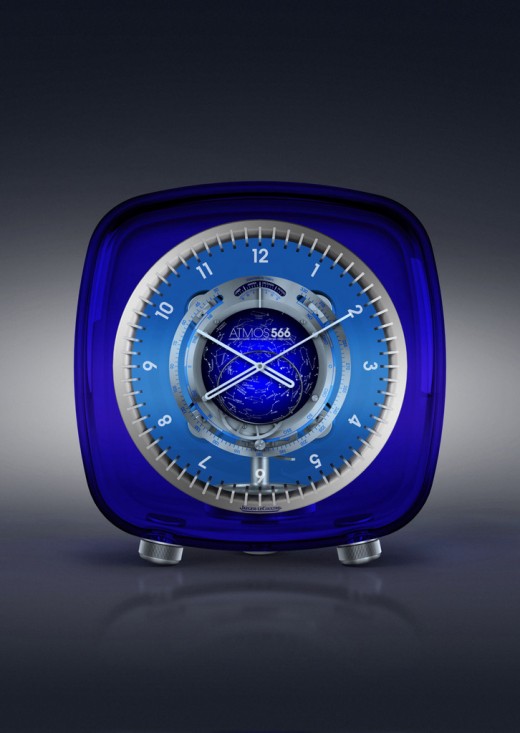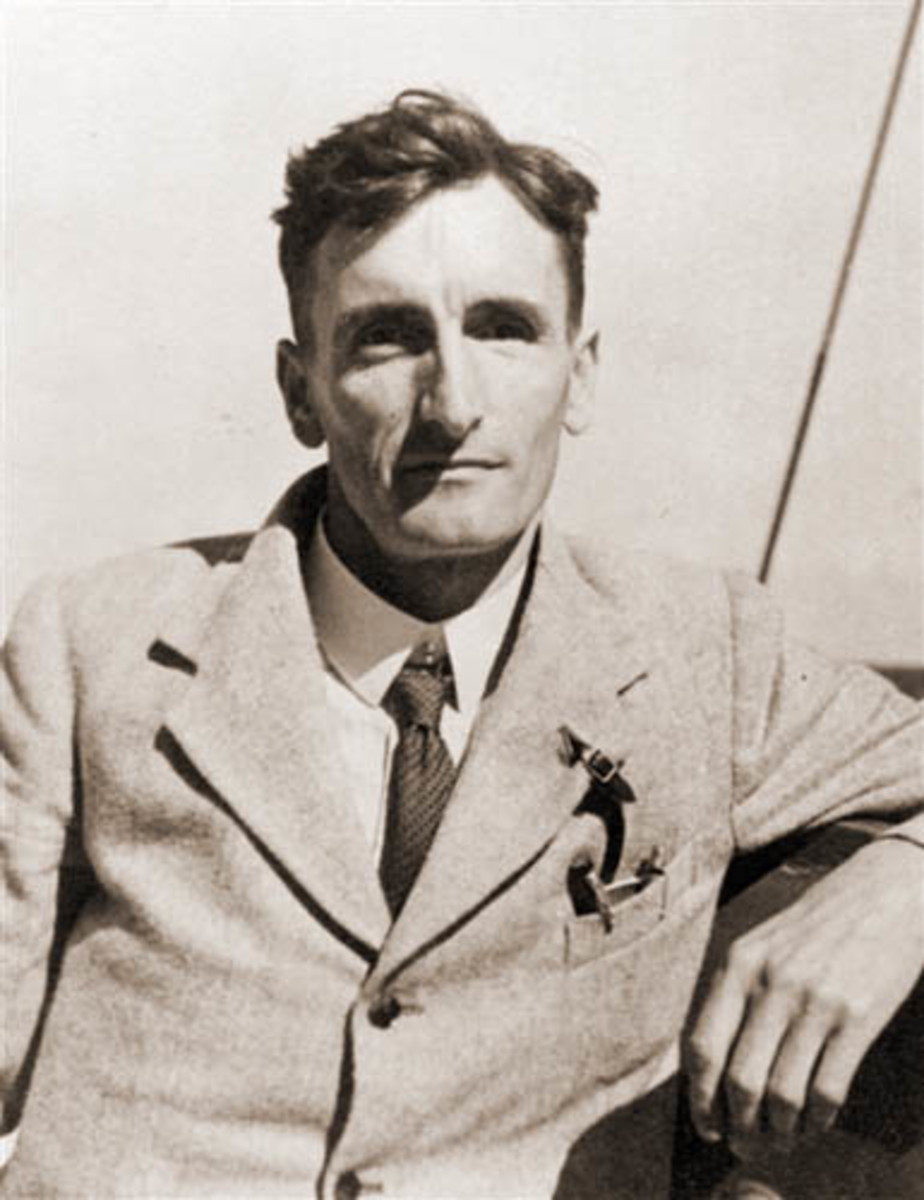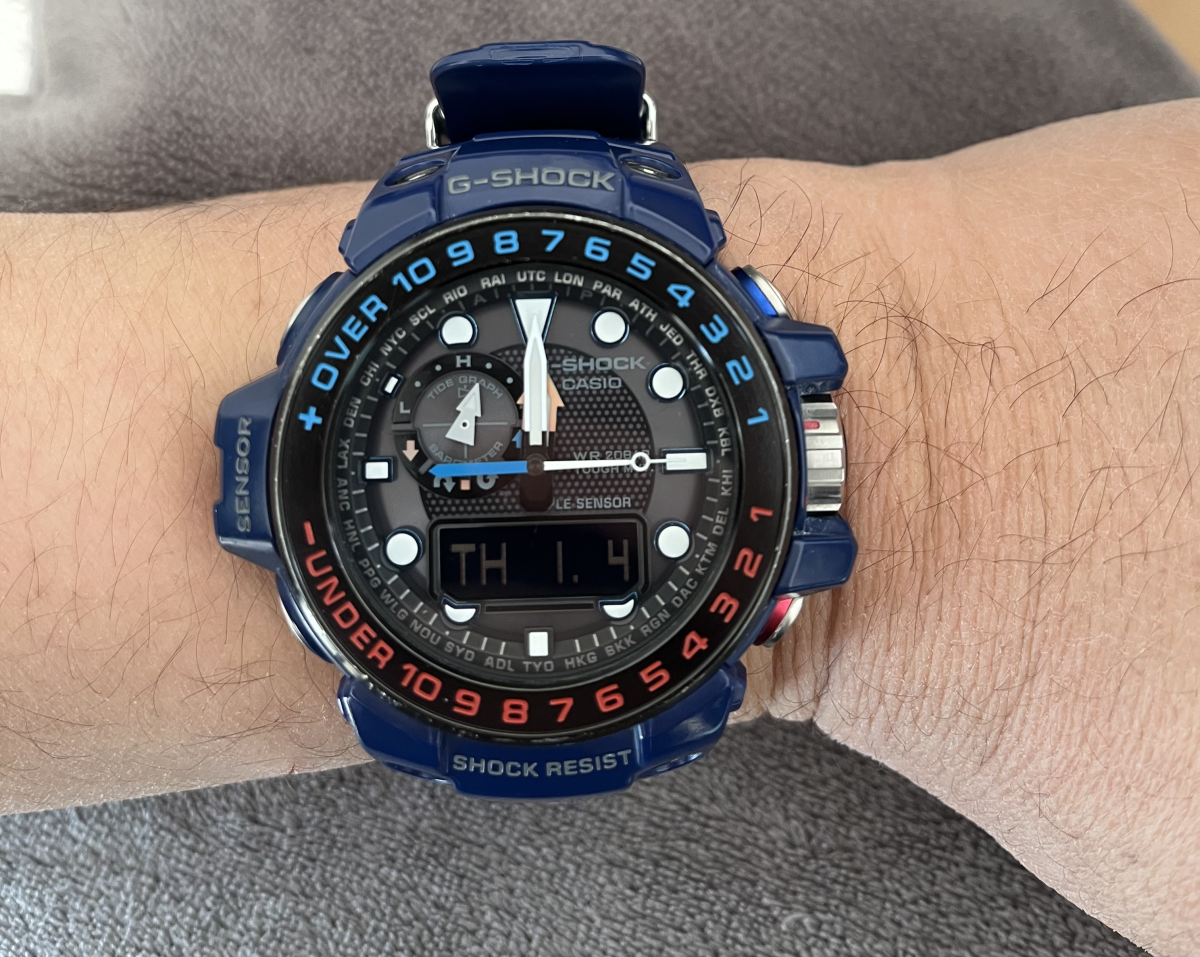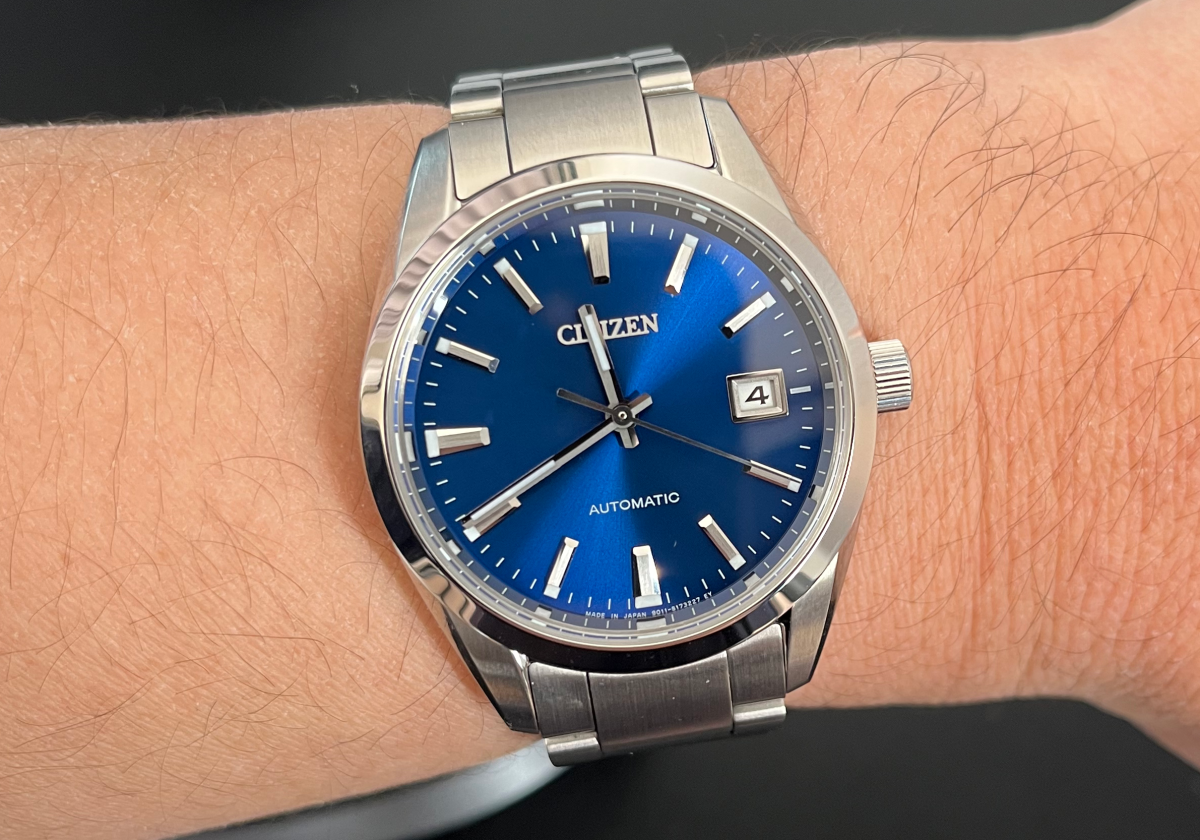Jaeger-LeCoultre's Novelty Atmos Clocks
If perpetual motion should be achieved at any point in time, it should be done so exquisitely, as Jaeger-LeCoultre's Atmos clock demonstrates. Despite being as close an achievement of this elusive phenomenon as any other attempt in human history, the most intriguing thing about it is that it runs entirely on changes in temperature and atmospheric pressure, meaning that it needs only minimal power from an external power supply to run on. If taken care of adequately, an Atmos clock is supposed to run for as long as 600 years, and any watch capable of running that long without being wound up by an external hand is a remarkable piece of innovative watchmaking in any watch collector's books.
History of the Atmos Clock
The first Atmos clock was invented in 1928 by a Parisian engineer named Jean-Leon Reutter. Unofficially designated as Atmos 0, it ran on the same substance used by thermometers for its receptiveness toward the slightest changes in temperature and atmospheric pressure: mercury, before switching to a relatively safer substance known as ethyl chloride. The chosen substance is used to fill a tube specifically designed to contain it, all of which are contained subsequently inside a capsule.
The mechanism of an Atmos clock redefines the whole concept of a self-winding timekeeping device, as it operates on the oscillation of said capsule, through the expansion and contraction of the temperature-sensitive substance in response to any variations in temperature and atmospheric conditions, which serves to wind up the clock's mainspring in the process, and as a result eliminates the need to wind it up manually. As an example of its self-efficacy, a one degree temperature change is enough to wind it up for as long as two days.
History of the Jaeger-LeCoultre Atmos Clock in Stop-Motion
A curiously surrealistic stop-motion film in tribute to the beginnings of Jaeger-LeCoultre's Atmos clock, brought forth by Jean-Leon Reutter in 1928 as a non-commercial prototype before subsequently attracting the attention of Jacques-David LeCoultre, grandson of legendary watchmaker Antoine LeCoultre who was responsible for establishing the Jaeger-LeCoulltre brand alongside Edmond Jaeger.
Below is a small sample of the work Jaeger-LeCoultre had worked on this novelty brand, with results nothing short of spectacular:
Atmos Classique Phases de Lune
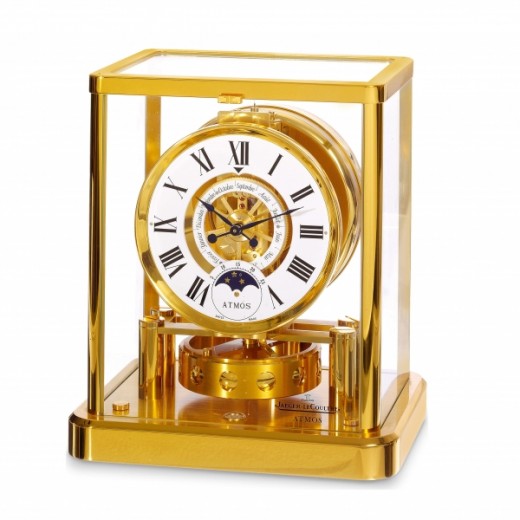
According to its description, the Atmos Classique Phases de Lune is exemplary in respects of design as well as its accuracy, showing a cumulative one-day difference in every 3,821 years, assuming it is even capable of surviving that long a time to register any fault in its timekeeping efficiency.
A moon-phase indicator is visible on the 6 of the clock's white dial, around which Roman numerals are inscribed. At the center of the dial is a month-indicator ring, on which the twelve months are inscribed in French. It is certainly an amazing feat to fit and run all three complications in one timepiece on minimal power and with unparalleled precision to boot.
An added feature to the Atmos clock is the degree of personalization it offers. On the gold- or rhodium-plated glass cabinet, personalized engraving can be done through a sandblasting method to any effect, be it in dedication to a special occasion or what have you.
Jaeger-LeCoultre's Atmos 566
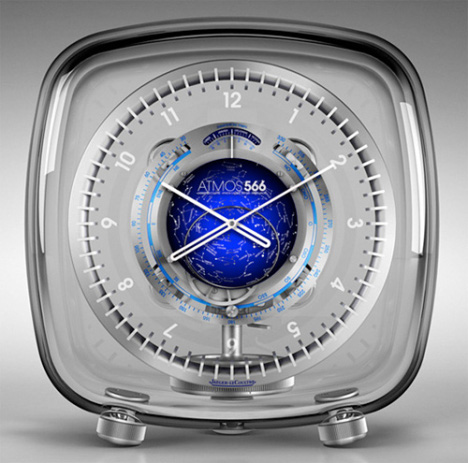
Though it may seem like your run-of-the-mill egg timer, or at least, its shape may resemble one, rest assured it costs a lot more. Featuring Jaeger-LeCoultre's Atmos 566, designed by Australian designer Marc Newson, whose works are usually characterized by ingeniously crafted lines and curves, in a style known as biomorphism, which attempts to simulate the flowing, organic shapes of living organisms in any representation of art the biomorphist chooses.
Being an Atmos clock, the Atmos 566 is yet another remarkable feat of watchmaking ingenuity in terms of aesthetic and practicality accomplished by Jaeger-LeCoultre. At the centre of its main dial is a smaller window featuring the North Hemispheric night sky replete with its constellations as well as the four astrological cardinal points. With the Atmos 566 by your side, there is almost no chance of getting yourself lost, or not being able to tell the time for that time, given that you have neither a reliable GPS system nor a wristwatch with you in the first place. Almost.
Above the night sky window is a month meter indicator, a complimentary convenience of showing the months to the clock's timekeeping function. The glass bubble encasing the clock's temperature-reliant mechanism is crafted in Baccarat crystal, offering a transparency to the full complexity of said mechanism. There are only 76 Atmos 566 clocks in existence, 48 of them done in Baccarat crystal, while 28 of them in blue Baccarat crystal.
